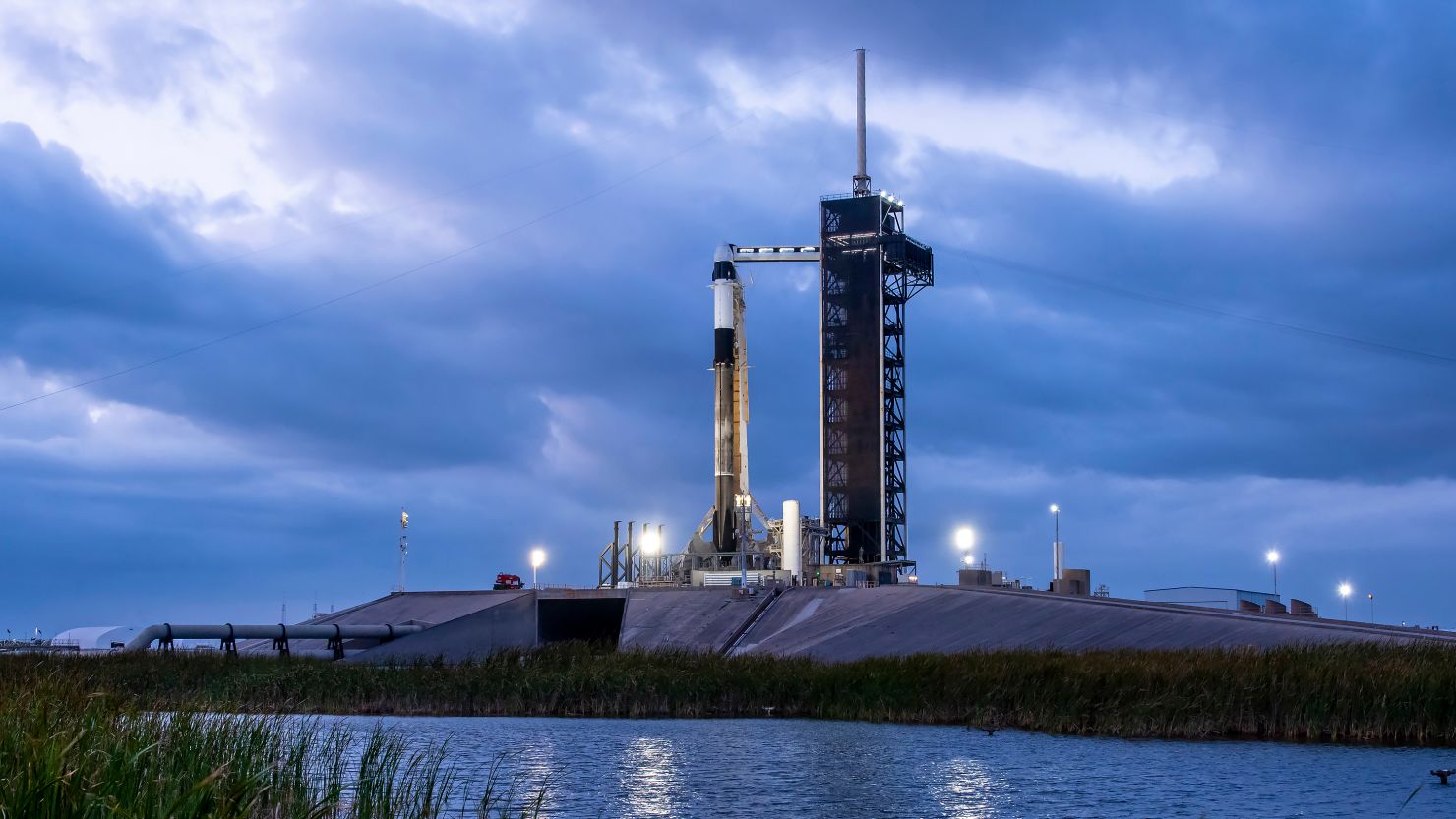SpaceX’s Fram2 Mission
Recently, SpaceX is set to launch the Fram2 mission. The mission will take astronauts directly over Earth’s polar regions. It aims to conduct a series of scientific experiments. These include the first X-ray in space and cultivating mushrooms in microgravity. The results may pave the way for future missions to Mars.
About Mission
Fram2 is named after a historic Norwegian ship. This vessel was used for Arctic and Antarctic expeditions in the 19th century. The mission involves four astronauts. They will launch aboard a SpaceX Crew Dragon capsule. The launch will occur on a Falcon 9 rocket from NASA’s Kennedy Space Center in Florida.
Goals
Fram2 is set to achieve a groundbreaking 90-degree circular orbit—much steeper than the standard 51.6-degree orbit of past human missions.
Scientific Goals:
- X-ray Imaging in Space: Capturing the first-ever X-ray images of astronauts in space to study the effects of prolonged spaceflight on the human body.
- Mushroom Cultivation in Microgravity: Exploring the potential of growing mushrooms in space as a sustainable food source for long-duration missions, including future Mars expeditions.
- Studying Space Phenomena: Investigating Strong Thermal Emission Velocity Enhancements (STEVE), a mysterious atmospheric light phenomenon observed over Earth’s polar regions.
Public Engagement:
The Fram2Ham Competition will invite amateur radio operators to decode images transmitted from space, offering a unique, interactive way for the public to engage with the mission.
Historical Context
Earth’s polar regions have largely been unexplored by astronauts. Previous missions, including Apollo, did not fly over these areas. Fram2 aims to fill this gap in space exploration. It will provide a unique perspective on Earth’s poles from orbit.
Previous SpaceX Missions
SpaceX has a history of private astronaut missions. To date, it has conducted five missions. This includes three collaborations with Axiom Space to the International Space Station. Two missions were free-flying in Earth orbit. The first was Inspiration4 in 2021, followed by Polaris Dawn.
Month: Current Affairs - March, 2025
Category: Science & Technology Current Affairs







